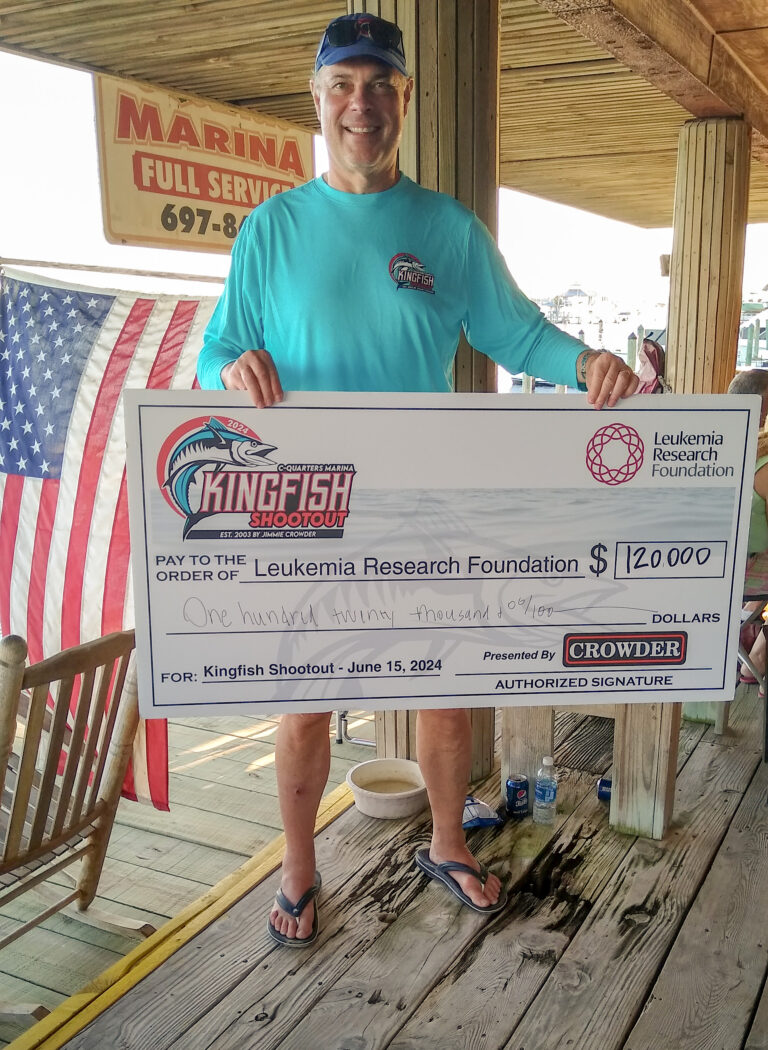Legacy Post Disclaimer
This is a #Legacy post imported from The Apalachicola Time’s previous platform. If you’re experiencing issues with this article, please email us at news@nevespublishing.com.
A majestic ‘sea eagle with a white head’
Having a distinctive and easily identifiable physical feature can quickly prove to be a beneficial resource. This visible trait makes it easy for the viewer who encounters the notable personality to instantly recognize and make the necessary accommodations.
The distinguishing trademark in humans can range from unusual height, striking eye color, or even a dignified but hairless scalp. Actors Telly Savalas and Yul Brynner are two examples of past celebrities who made use of their bare noggins to enhance public awareness of their theatric talents.
The bald eagle, a North American native which resides in Franklin and Gulf County, while not truly bald is easily recognized for the striking contrast between its head and body. Its dignified appearance was a deciding factor in its selection to portray the honorable ideals of the new United States more than 200 years ago.
It is worth noting everyone agreed with this choice. Benjamin Franklin and others wanted the wild turkey, another bird which had a contrasting color scheme between the head and body but not resembling baldness.
Haliaeetus leucocephalus, as the bald eagle is known scientifically, literally means sea eagle with a white head. As the name implies, the bald eagle is one of eight members of the avian genus which reside in Eurasia and Africa.
The term bald in this case has an archaic definition which means white head. The bald eagle’s head and tail are covered with white feathers, contrasting with the brown feathers on the remainder of adult bodies.
These birds are considered North America’s largest raptors, or birds of prey. As with other raptors such as hawks and falcons, they are carnivores which skillfully employ their beaks and talons to secure meals.
The bald eagle’s diet selections largely depend on the availability of prey. In coastal areas, such as the Forgotten Coast, their diet consists mainly of marine fish but may include small mammals and other birds as well.
Bald eagles do not prey upon human infants or children contrary to fairytales and an internet video a few years ago which had millions of viewers. Fortunately for the eagles, the hoax video’s creators quickly acknowledged it as a school animation project.
Gulf and Franklin County, as well as rural parts of coastal Florida, are inviting to bald eagles which have long established breeding pairs. The pairs, which usually mate for life, remain in Florida much of the year.
Bald eagles are fond of the many tall, open-canopy trees found in close proximity to water. Many pines and cypress trees offer excellent roost from which to watch for prey.
These trees along with the plentiful dense undergrowth offer nesting opportunities, too. The nesting sites tend to be far from civilization to minimize, if not eliminate, interaction with humans.
The nests are reused annually by the bald eagles during the course of their approximately 20-year life span. Bald eagle nests are the largest in North America out of necessity to raise several chicks which grow to a substantial size before leaving home.
Often seen flying at breathtaking heights, the parents may need a break from the family. A group of big, screeching juveniles which are always hungry is enough to turn anyone head’s white.
To learn more about this majestic bird in Franklin and Gulf County, contact the nearest UF/IFAS County Extension Office or visit https://sfyl.ifas.ufl.edu/find-your-local-office/. To read more stories by Les Harrison, visit Outdoorauthor.com and follow me on Facebook.
This article originally appeared on The Apalachicola Times: A majestic 'sea eagle with a white head'



Meet the Editor
David Adlerstein, The Apalachicola Times’ digital editor, started with the news outlet in January 2002 as a reporter.
Prior to then, David Adlerstein began as a newspaperman with a small Boston weekly, after graduating magna cum laude from Brandeis University in Waltham, Massachusetts. He later edited the weekly Bellville Times, and as business reporter for the daily Marion Star, both not far from his hometown of Columbus, Ohio.
In 1995, he moved to South Florida, and worked as a business reporter and editor of Medical Business newspaper. In Jan. 2002, he began with the Apalachicola Times, first as reporter and later as editor, and in Oct. 2020, also began editing the Port St. Joe Star.